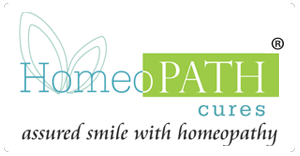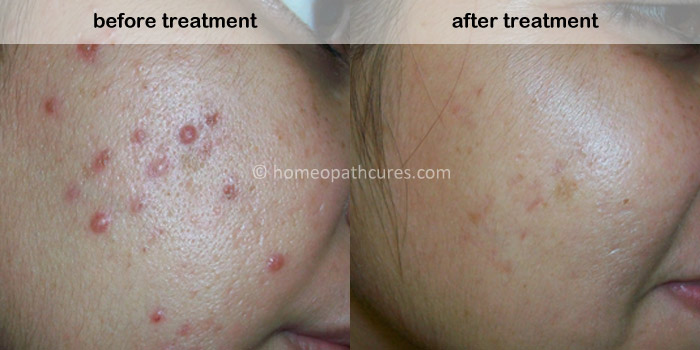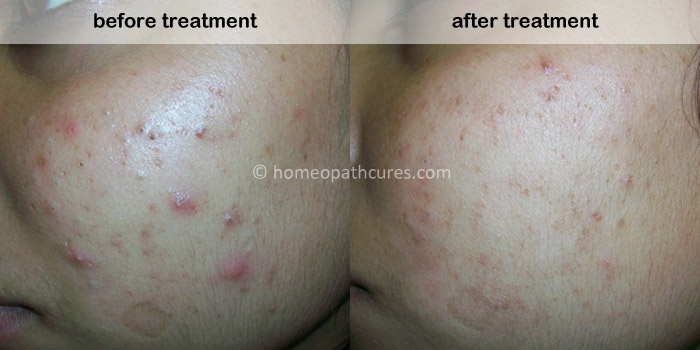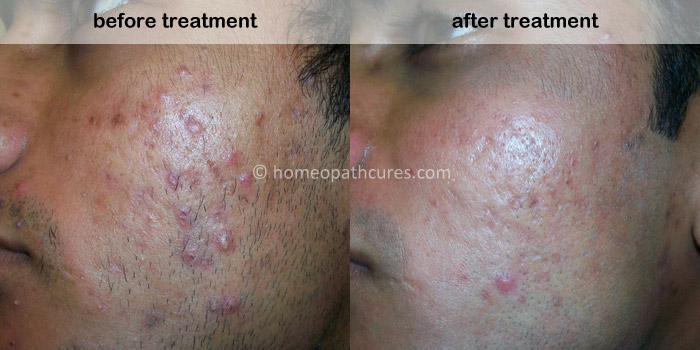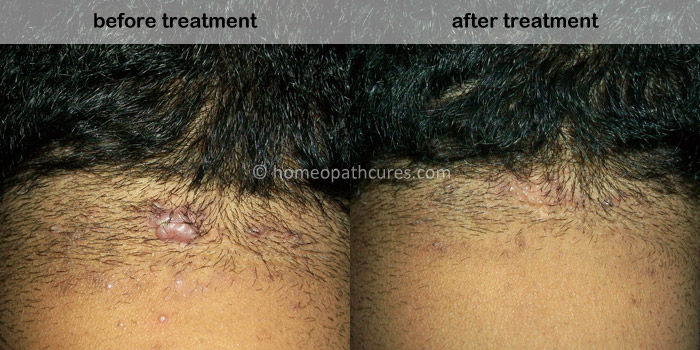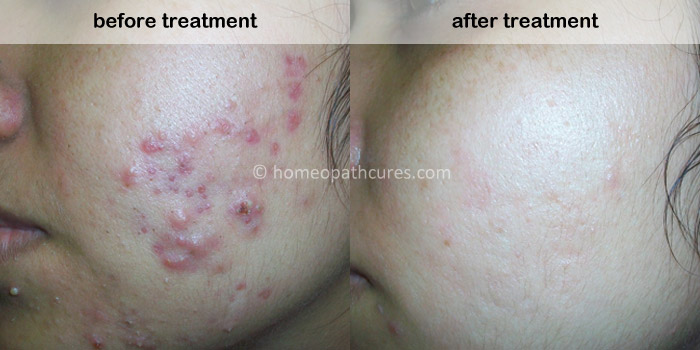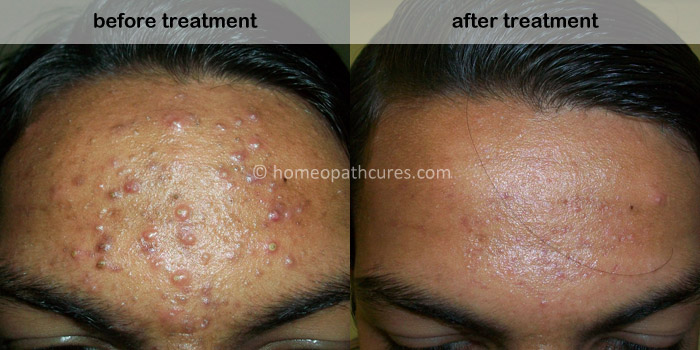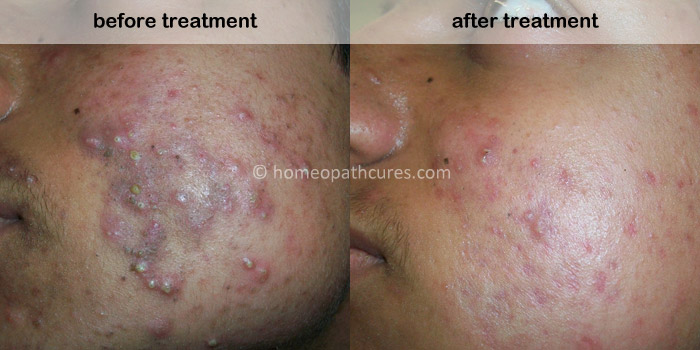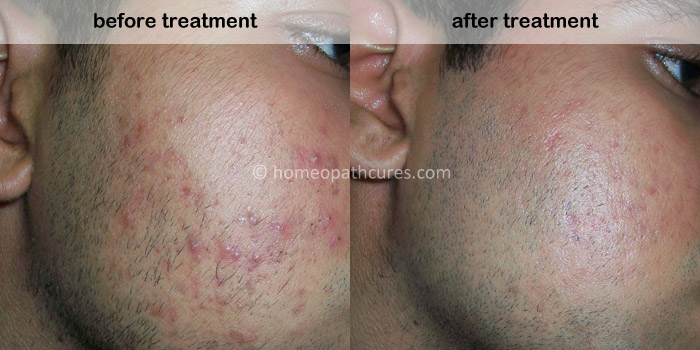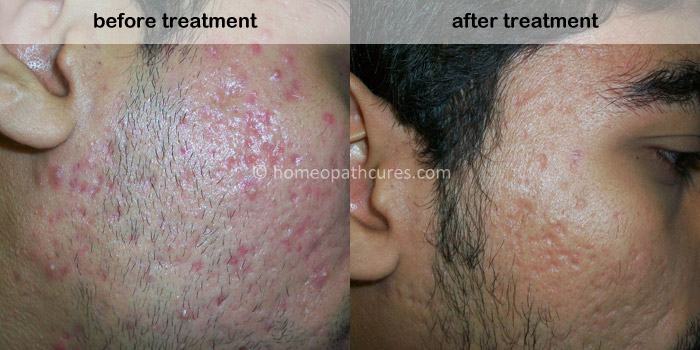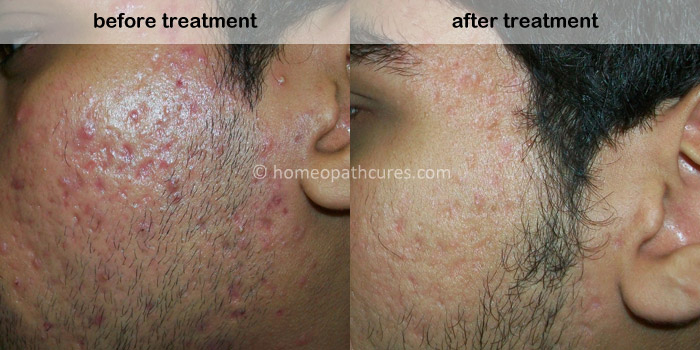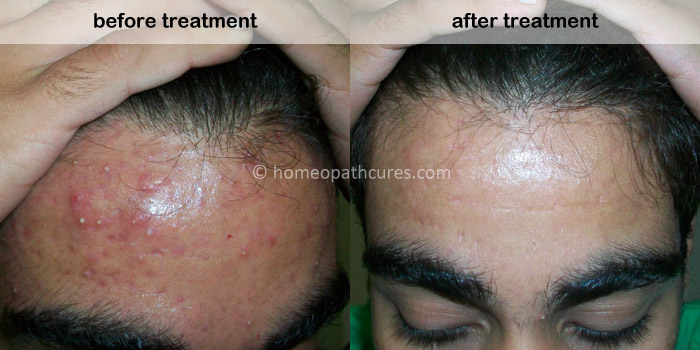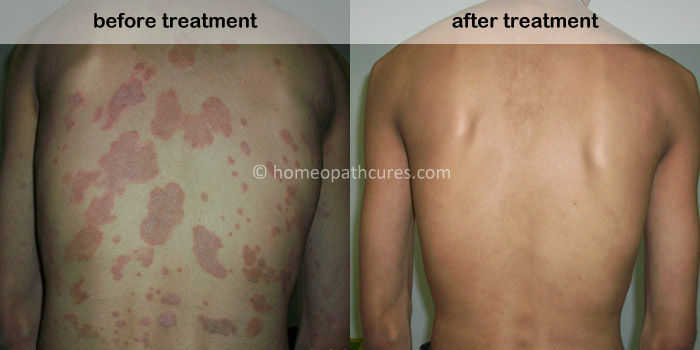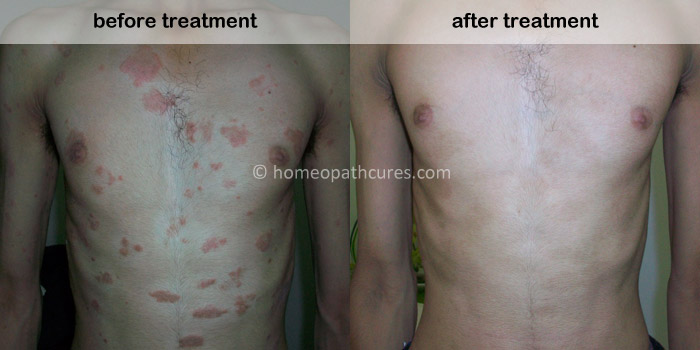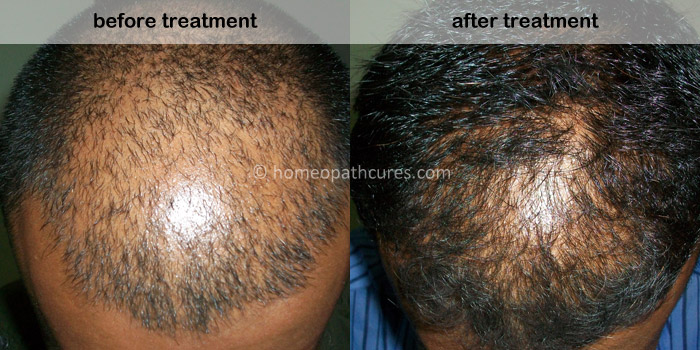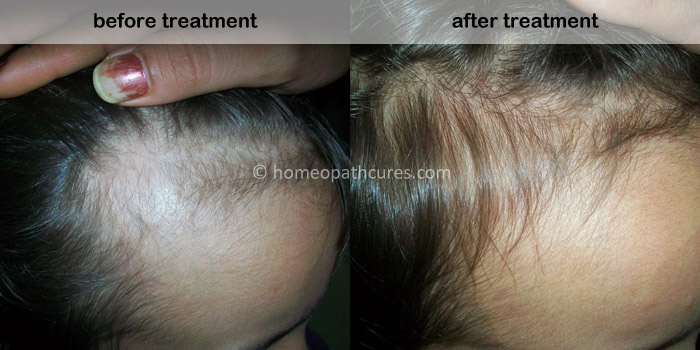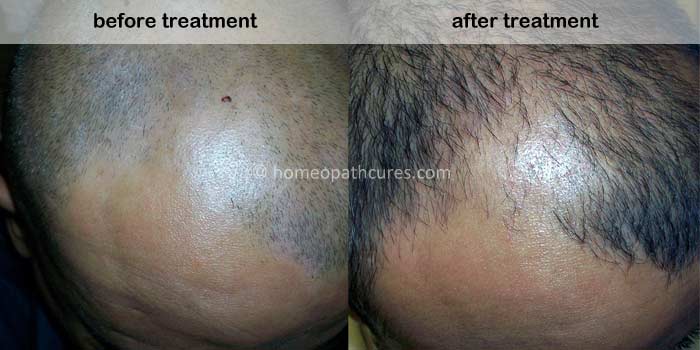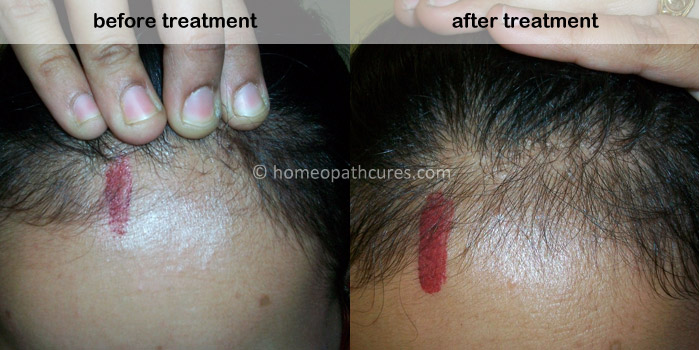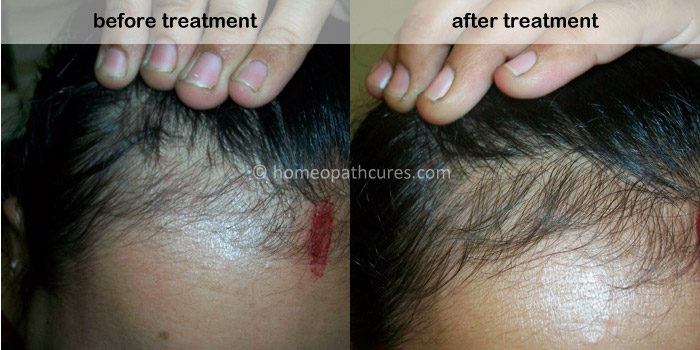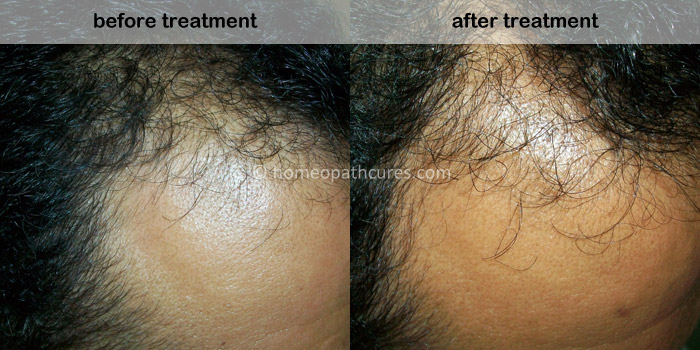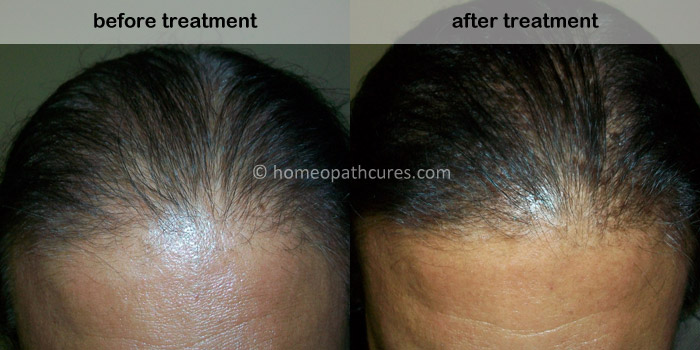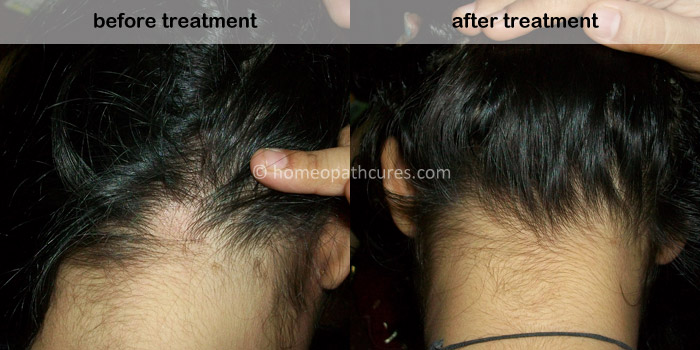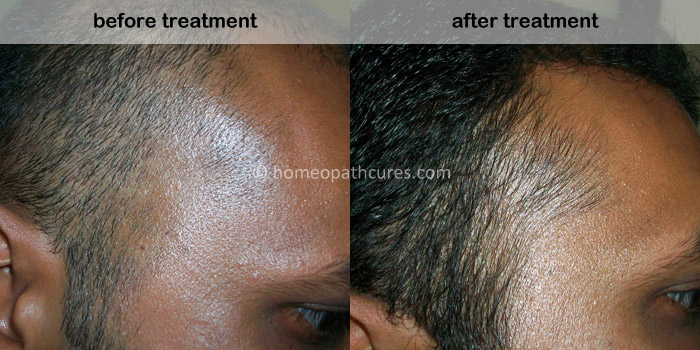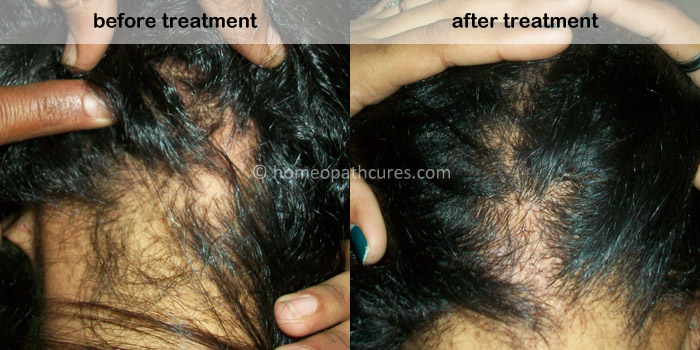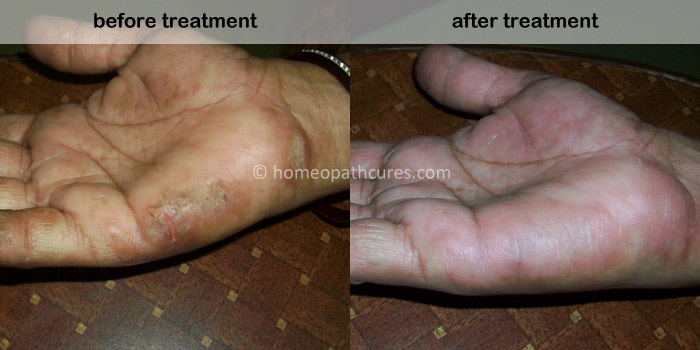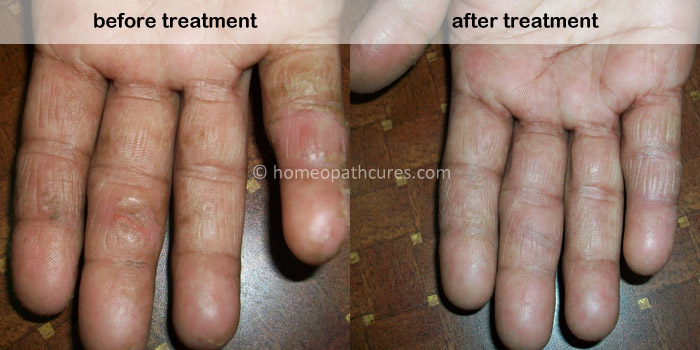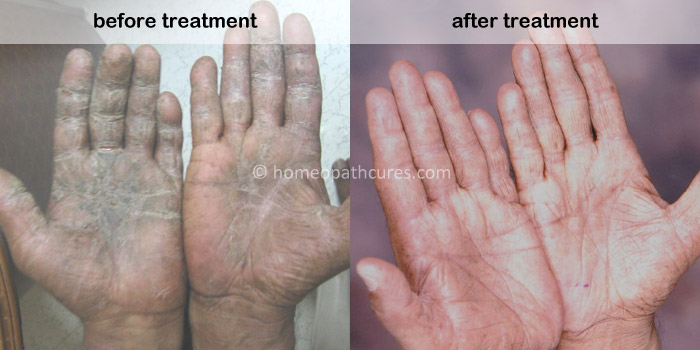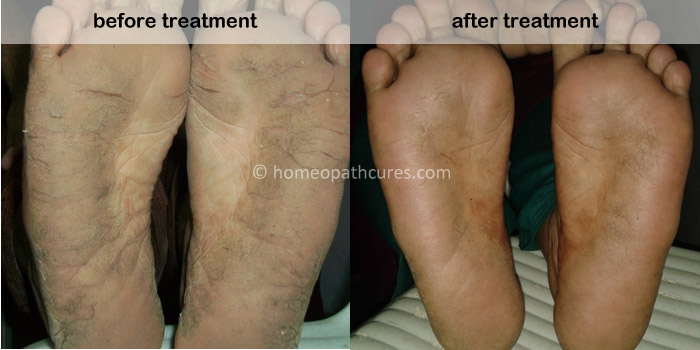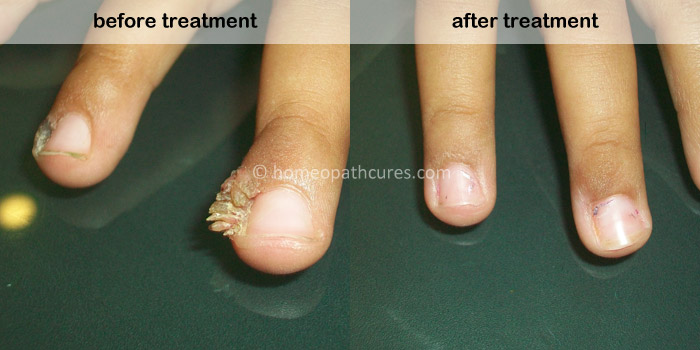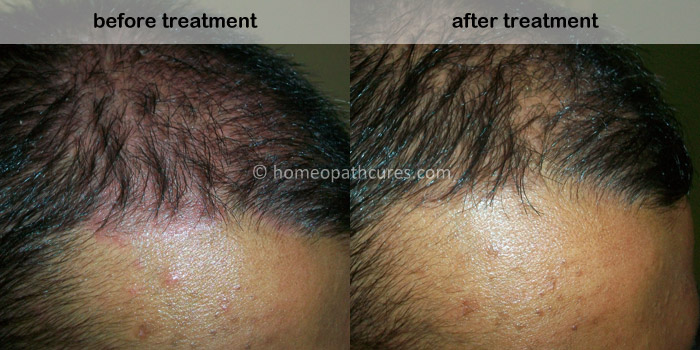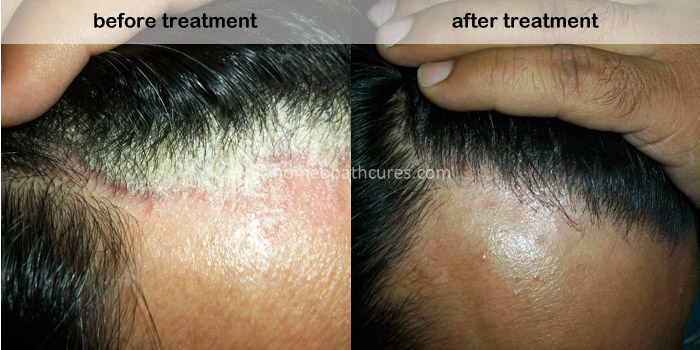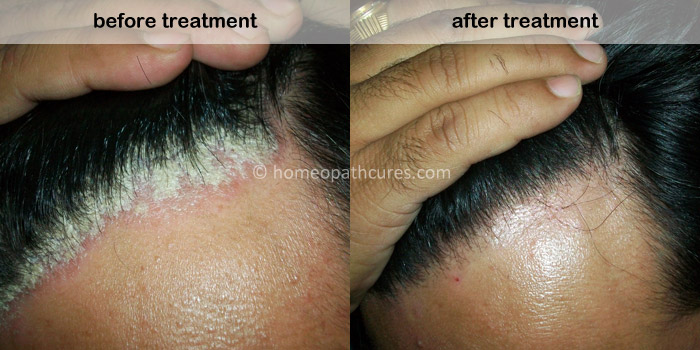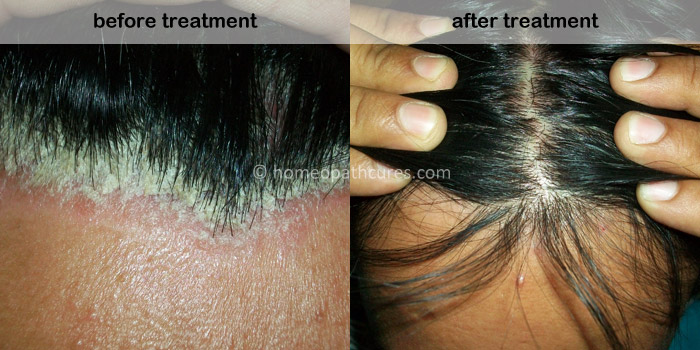Skin Disorder
A SNAKE SHEDS (CHANGES) ITS SKIN (AND PROBABLY RELATED DISEASES) EVERY MONTH.
Unfortunately (or fortunately) humans cannot do the same. Therefore, they have to ensure that the skin they have remains healthy.
Skin conditions cause irritation and discomfort to the patient and others around for long periods. They are often visible and lead to lose of confidence and embarrassment in meetings that are sometimes unavoidable. Their treatments are clumsy and cumbersome with several restrictions in food and lifestyle. It often seems beyond cure and creates a feeling of hopelessness that again has a negative impact on the cure.
Homeopathcures brings both hope and cure for these patients with a huge track record of success.
SKIN DISORDER: There are variety of skin lesions like a bacterial infection of the skin, fungal skin infection, viral skin infection, Chronic skin diseases, Pigmentation problems; Bugs, bites and stings, skin cysts and lastly everyday skin problems etc.
Here we are going to brief about few of them like Eczema, Psoriasis Vulgaris, Acne Vulgaris, Alopecia, Molluscum Contagiosum and Viral warts etc.
- Eczema is a form of dermatitis or inflammation of the epidermis (the outer layer of the skin). The term eczema is broadly applied to a range of persistent skin conditions. These include dryness and recurring skin rashes that are characterized by one or more of these symptoms: redness, skin edema (swelling), itching and dryness, crusting, flaking, blistering, cracking, oozing, or bleeding. Areas of temporary skin discoloration may appear and are sometimes due to healed injuries. Scratching open a healing lesion may result in scarring and may enlarge the rash.
- Psoriasis is a skin disease that causes scaling and inflammation (pain, swelling, heat, and redness). Skin cells grow deep in the skin and slowly rise to the surface. This process is called cell turnover, and it takes about a month. With psoriasis, it can happen in just a few days because the cells rise too fast and pile up on the surface. Most psoriasis causes patches of thick, red skin with silvery scales. These patches can itch or feel sore. They are often found on the elbows, knees, other parts of the legs, scalp, lower back, face, palms, and soles of the feet. But they can show up other places such as fingernails, toenails and genitals. It has a variable course, periodically improving and worsening. Sometimes psoriasis may clear for years and stay in remission. Some people have worsening of their symptoms in the colder winter months. Many people report improvement in warmer months, climates, or with increased sunlight exposure.
- Acne Vulgaris: Acne is a skin condition that causes whiteheads, blackheads, and inflamed red lesions (papules, pustules, and cysts) form. These growths are commonly called pimples. Acne occurs when tiny holes on the surface of the skin, called pores, become clogged. Each pore is an opening to a canal called a follicle, which contains a hair and an oil gland. Normally, the oil glands help keep the skin lubricated. When glands produce too much oil, the pores can become blocked, accumulating dirt, debris, and bacteria. The blockage is called a plug or comedone.
- CAUSE & CONTRIBUTING FACTORS
- Normal Follicles: Sebum produced by the sebaceous gland combines with cells being sloughed off within the hair follicle and “fills up” the hair follicle. When the follicle is “full”, the sebum spreads over the skin surface giving the skin an oily appearance.
- Obstructed Follicles: When the sebum is trapped in the hair follicle causes plugging up the follicle. The process of obstructing follicles is called comedogenesis. It causes some follicles to form a type of acne called comedones, also known as blackheads and whiteheads.
- Propionibacterium Acne: Propionibacterium acne is a bacterium that lives on your skin and uses the sebum as nutrients for its growth. The sebaceous glands are hypersensitive to the androgens that cause enlarged of a gland and more sebum secretion. In puberty, the androgens hormone is secreted more and thus there is more sebum secretion and more Propionibacterium acne in the follicle. The presence of P.acne attracts WBC to the follicle and thus an inflammatory reaction is settled up. No one factor causes acne. Several factors can contribute to the cause of acne
- Changing Hormone Levels: For most people with acne, it begins at puberty. This is when the body starts to produce hormones called androgens. Androgens cause the enlargement and overstimulation of the sebaceous glands. Sensitivity to these androgens also causes acne to appear during the menstrual cycle and sometimes in pregnancy. Starting or stopping birth control pills can also cause acne.
- Stress: Severe or prolonged emotional tension and stress may aggravate the Acne condition. Stress causes the production of hormones, such as cortisol, which can aggravate acne.
- CAUSE & CONTRIBUTING FACTORS
- Alopecia: A single hair consists of a hair shaft (the part that shows), a root below the skin, and a follicle, from which the hair root grows. Hair is made of a type of protein called keratin. Most people lose about 50 to 100 head hairs a day. These hairs are replaced — they grow back in the same follicle on your head. This amount of hair loss is totally normal and no cause for worry. If you’re losing more than that, though, something might be wrong.
- Different phase of hair growth cycle
- Anagen Phase – It is a long growing phase of hair cycle followed by catagen phase.
- Catagen Phase – It is the short transitional apoptotic phase followed by telogen phase.
- Telogen Phase – It is the short resting phase followed by exogen phase.
- Exogen Phase – At the end of telogen phase the hair starts falling out that is called exogen phase.
- Alopecia and hair falling have multifaceted etiological factors. It is normal to lose between 50-100 hairs a day; this is part of the hair renewal process. However, most people suffer from excessive hair loss at one time in their life. There are many reasons for hair loss. Many of these causes are temporary and a few are permanent. These are some of the more common reasons for hair loss are:
- Stress: Physical or mental stress can cause temporary hair loss. The reason for this is that the hair follicles enter the telogen phase prematurely, this causes them to stop growing new hairs and to shed hairs.
- Drugs: Many drugs can also cause hair loss. Here are some drugs which may cause hair loss – Anti- cancer drugs, Epilepsy drugs, anti-acne drugs, Lipid-lowering drugs (clofibrate, bezafibrate), ACE inhibitors for blood pressure, Drugs for treating gout, Antimalarials (chloroquine)
- Skin disorders: Some disorders of the skin, for an example psoriasis, tinea infection, lichen planus on the scalp may cause hair loss.
- Hormonal: Since hormones both stimulate hair growth and cause hair loss, hormonal changes by far have the biggest impact on hair loss. These can affect both men and women. Men generally have hair loss concentrated in a specific pattern from the front through to the crown. Women tend to have thinning throughout their head without being in any specific pattern. This type of hair loss is caused by the androgen DHT or Dihydrotestosterone. Since everyone has DHT that is produced by their bodies and only some people suffer from hair loss there has to be another factor involved. This other factor is having follicles that have a greater number of Androgen receptors for the DHT to attach to. This is the component that is inherited through the genes.
- Child birth: After pregnancy, many women experience a loss of hair, this is caused many hairs simultaneously entering the resting (telogen) phase. This condition is caused by the hormonal changes that take place after a woman’s body recovers from her pregnancy.
- Aging: Hair loss increases likelihood increases with age. By 35, 40% of men have noticeable hair loss, while by 60,65% do. Also, elderly hair tends to be thinner and fine giving more of an appearance of hair loss.
- Menopause: After the menopause thinning of the hair is more pronounced, by the age of 50 more than 50% of women have thinning hair.
- Deficiency In Diet: If iron in the body is low then this may cause hair loss also, this is generally more a problem with women. Some people who go on low protein diets, or have severely abnormal eating habits, may develop protein malnutrition. To help save protein the body shifts growing hair into the resting phase. If this happens massive amounts of hair shedding can occur two to three months later. A sign of this is if the hair can be pulled out by the roots fairly easily.
- Thyroid problems: Both an overactive thyroid and an underactive thyroid can cause hair loss.
- Birth control pills: Women who have a genetic predisposition to suffer from Androgenic Alopecia can have it occur at a much younger age by taking birth control pills. The hormonal changes that occur trigger the onset of the Androgenic Alopecia.
- Trichotillomania or Hair Pulling: Some children and less often adults play with their hair by pulling on it or twisting it. This can be part of a behavioral problem. If the behavior is not stopped permanent hair loss can result from the constant stress on the hair.
- Hair Styling Treatments Many people change the appearance of their hair by using chemical treatments like dyes, tints, bleaches, straighteners, relaxers and permanent waves. Hair can become weak and break if any of these chemicals is used too often. Hair can also break if the solution is left on too long.
- Different phase of hair growth cycle
- Molluscum Contagiosum: Molluscum contagiosum is a skin infection that is caused by a virus, it produces tiny raised lesions filled with fluids and it is contagious. It is said that it is self-limiting, but it may last from 2 months to 4 years. In certain cases, it spreads all over the body so treatment is needed. You can contract molluscum contagiosum by touching the lesions on the skin of an infected person. Children can contract the virus during normal play with other children. Teens and adults are more likely to become infected through sexual contact. You can also become infected during contact sports—such as wrestling or football—that involve bare skin interactions.
- The molluscum virus can survive on surfaces that have been touched by the skin of an infected person. Therefore, it’s possible to contract the virus by handling towels, clothing, toys, or other items that have been contaminated. Molluscum contagiosum also can be transferred by shared sports equipment where an athlete’s bare skin comes in contact with the object. The virus can be left and passed to the next person on items such as baseball gloves, wrestling mats, and football helmets.
- Verruca Plana/Vulgaris (Viral Warts): This is popular eruptions on the skin which is because of Human Papilloma Virus (HPV). It has few varieties in the presentation. If it is flat in presentation it is called Verruca Plana. Another presentation is cauliflower-like or pedunculated or conical is called Verruca Vulgaris. If it appears on Foot, it is known as Planter Warts and If it presents on palms it is known as Palmar Warts.
- This eruption does not have any symptoms, rarely it presents with occasional itching in few cases. But it is contagious so one needs to be careful. We have treated more than 1000 such cases so we are very confident to treat this homeopathically.
Homeopathy is capable of stopping the disease progress, provides comfort by reducing itching and dryness though gradually and prevent complications. We are able to share this confidently because we have done this in the past with our patients, as we have long follow-ups with our patients ranging from 6 months to 3 years.
